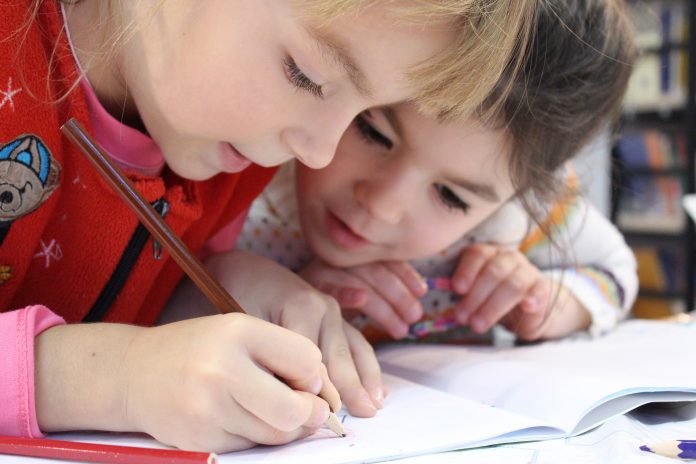Here, Rachel Hall, Managing Director of Busy Things, discusses how mindfulness can benefit your child’s education and how you can try it with them at home
Children today can develop a lot of stress that can negatively impact their education if it’s not dealt with properly. Mindfulness is a great activity to try with your children to help lower their stress levels and boost their wellbeing.
With so many things putting pressure on young people, including school and current events like climate change, life can get a bit overwhelming for little ones. But, when their stress isn’t being managed, children can find it hard to deal with their everyday pressures and their stress can start to become more serious.
In fact, 1 in 10 young people are experiencing some form of mental health condition, but only 30% of them are receiving some sort of intervention to help (Mental Health Foundation). And without any form of intervention, children are struggling to deal with their stress, which means they can become distracted and more emotional, and their education can soon start to suffer, too. So, what can we do to help?
Mindfulness is a professionally recognised method of managing feelings of stress, anxiety and even depression, which means it can be great for helping children who are feeling overwhelmed. Below, I’ll be outlining how stress can affect children, what mindfulness is and how it can help your little ones with their education.
How can stress impact your child?
Issues that are very minor to adults can seem like a much bigger issue to little ones. Difficult school exams, new friendships, social media, and hearing about current affairs can all contribute to higher stress levels in children. Anxious little ones might start showing signs of stress in the form of mood swings, a lack of concentration, bedwetting, nightmares, trouble sleeping, thumb sucking, stomach aches or headaches. So, it’s important that you talk to your children and encourage them to tell you if they’re getting any of these symptoms. Then, you can work together to develop tactics to help them deal with these feelings.
Outdoor play can do wonders for relaxing your little ones but, when they’re indoors, you can download a few games to their phone or tablet for a bit of downtime. Plus, if you give them educational games that they enjoy playing, you can help them perform better at school, which is one less thing for them to worry about.
You can also try talking to them about things they see in the news and on social media, encouraging them to open up and recognise their emotions. But, if your little one is still showing signs of stress, you can practice mindfulness with them to help reduce some of their anxious feelings.
What is mindfulness?
It’s easy to get caught up in our everyday worries, whether that’s thinking about the past or worrying about the future. And the more we think about it, the more we can become consumed by feelings of stress and anxiety. Mindfulness is all about being in the present moment. It’s a form of meditation that allows us to fixate on the here and now, rather than the past or future. And, because it doesn’t require any preparation or skill, it’s perfect for children of all ages.
How can your child’s education benefit from mindfulness?
School-based mindfulness has led to significant improvements in the attention spans and stress levels of students, according to research conducted by the Boston Charter Research Collaborative. This then meant that they were better equipped to learn and deal with their emotions in the classroom.
Practicing mindfulness regularly can help children to focus on the current moment, rather than allowing their thoughts and worries to spiral out of control. At school, they’ll be more focused and enthusiastic, and are more likely to be empathetic towards other students. They’ll also benefit from a better memory and increased emotional regulation. All of these factors can help them perform better in their education. They might even enjoy school more knowing that they can control their stress a bit easier!
How can you practice mindfulness at home?
During mindfulness, the main focus is usually on breathing, so ask your little one to place their hands on their tummy and breathe. Talk about how they can feel their stomach rising and falling as they breathe and ask them to focus on the movement. You can continue this for 30 seconds to three minutes depending on how old your child is or how long they can sit still.
For younger children or little ones with shorter attention spans, you can practice mindfulness by asking them to point out things that stimulate their senses. This could be anything from things they can hear while out on a walk to objects they’re grateful for at home. Anything you can do to bring their mind back to the current moment can really help to ease their stress.











